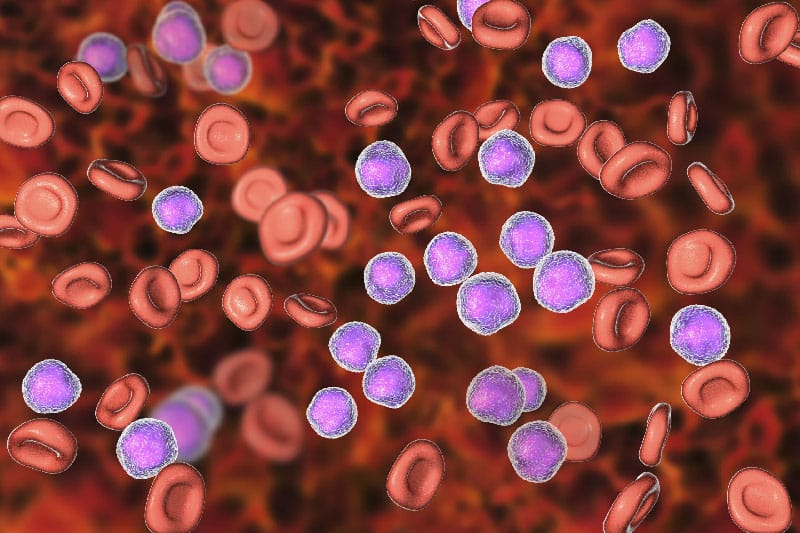
Latest News
Ask the Doctor: What is minimal residual disease (MRD)?

Chronic lymphocytic leukemia (CLL) and small lymphocytic lymphoma (SLL) are cancers that affect lymphocytes. CLL and SLL are essentially the same diseases, with the only difference being the location where the cancer primarily occurs. When most of the cancer cells are located in the bloodstream and the bone marrow, the disease is referred to as CLL, although the lymph nodes and spleen are often involved. When the cancer cells are located mostly in the lymph nodes, the disease is called SLL.
After CLL/SLL patients have been treated, it is possible that patients can still have a small number of cancer cells that remain in the body, referred to as minimal residual disease (MRD). Checking to see if there is MRD may help plan treatment, find out how well treatment is working or if cancer has come back, or make a prognosis. Krish Patel, MD of the Swedish Cancer Institute discusses how MRD is measured and what patients should know about testing for it.
What is minimal residual disease (MRD)?
Minimal residual disease or MRD refers to the presence of CLL/SLL at a microscopic level typically not detectable by traditional blood work, bone marrow assessment, or imaging. Currently, MRD in CLL is defined as the detection of less than one CLL cell in 10,000 leukocytes (<10^-4), detection with modern MRD assays can likely detect as low as one CLL cell in 1,000,000 leukocytes (10-^-6).
How is it measured?
MRD can be measured on peripheral blood or bone marrow samples typically via standardized flow cytometry or molecular diagnostic techniques such as aso, PCR, or next-generation sequencing (NGS).
Are there treatment implications of MRD?
Currently, MRD is mostly used as a prognostic marker. That is, the presence or absence of MRD after treatment can provide some useful information about long-term outcome after treatment depending on the treatment being given. Most often it is informative in that situation in treatments given for a fixed duration. Currently, MRD is not used routinely to guide treatment decisions in the clinic. Clinical trials that inform us of how best to use MRD to adapt our treatments are ongoing.
Should all CLL patients ask to be tested for MRD? If so, how often?
At this time it’s not clear that all patients should have MRD testing or would benefit from this testing. This is largely because MRD testing is primarily used for prognostic purposes, not to adapt treatment, and the prognostic meaning of MRD at the end of treatment is somewhat dependent on the type of treatment given. For example, Btk inhibitors which are commonly used to treat CLL and given continuously, typically don’t result in MRD negativity, yet they can provide very durable control of the CLL for many many years. That’s it’s important for physicians and patients to make individualized decisions around the need and or value of MRD testing.
This MRD eUpdate is sponsored by unrestricted grants from AbbVie, Inc and Adaptive Biotechnologies.
